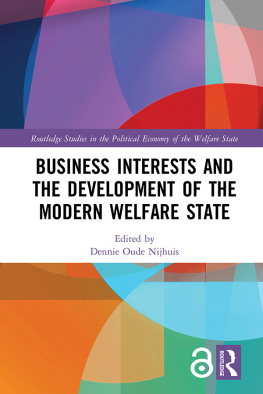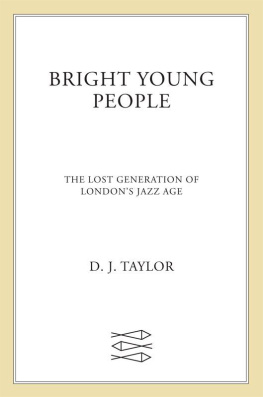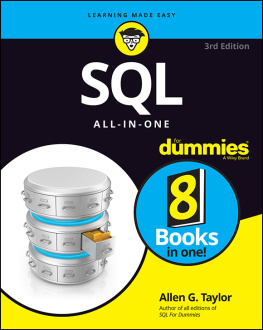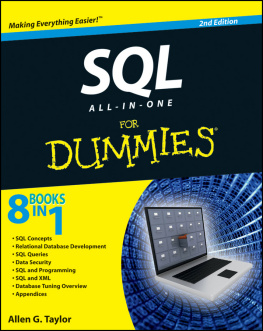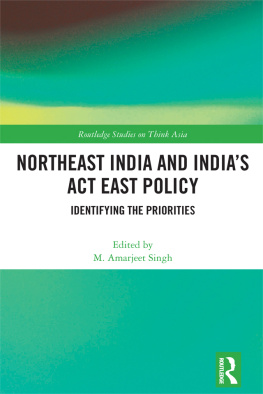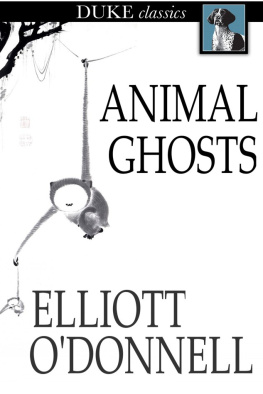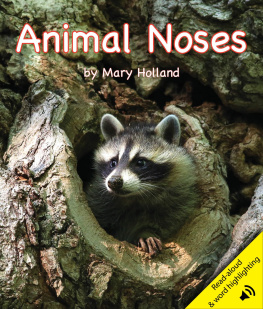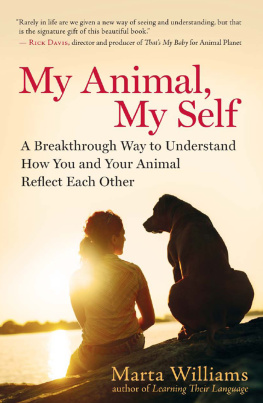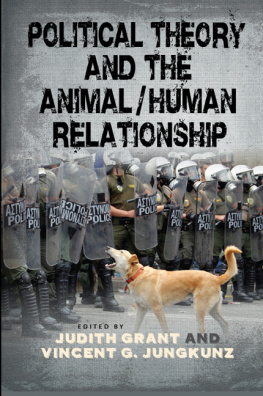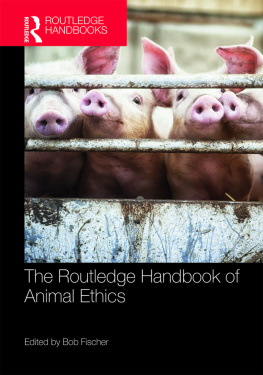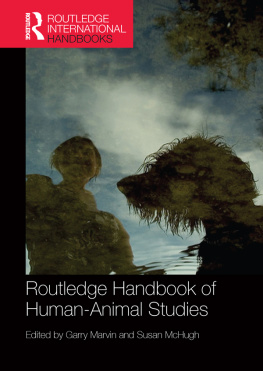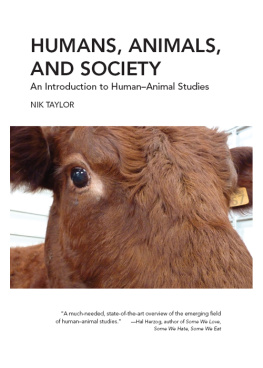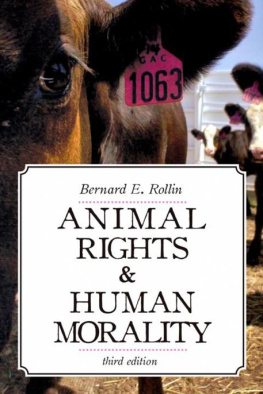2017 by Sunaura Taylor
All rights reserved.
No part of this book may be reproduced, in any form, without written permission from the publisher.
Requests for permission to reproduce selections from this book should be mailed to: Permissions Department, The New Press, 120 Wall Street, 31st floor, New York, NY 10005.
Published in the United States by The New Press, New York, 2016
Distributed by Perseus Distribution
An earlier version of Chapter 3, Animal Crips, was published as Animal Crips, edited by Judy K.C. Bentley, Kim Socha, and JL Schatz in their special issue of JCAS , Eco-Ability the Intersection of Earth Animal and Disability in the Journal for Critical Animal Studies , Volume 12, issue 2, May 2014, 95117.
Portions of Chapter 9, Animal Insults, and Chapter 17, Caring Across Species and Ability, were published as Beasts of Burden: Disability Studies and Animal Rights in Qui Parle 19.2 (Spring/Summer 2011), 191222, edited by Katrina Dodson.
An earlier version of Chapter 17, Caring Across Species and Ability, was published as Domesticated, Dependent, and Dignified: A Case for a Cripped Ethics of Animal Care in Ecofeminism: Feminist Intersections with Other Animals and the Earth , edited by Carol J. Adams and Lori Gruen (New York and London: Bloomsbury, 2014), 108126.
An earlier version of Chapter 13, Toward a New Table Fellowship was published as Vegans, Freaks, and Animals: Toward a New Table Fellowship in Claire Jean Kim and Carla Frecceros special issue, Species/Race/Sex , of American Quarterly , Volume 65, Number 3, September 2013, 757764.
L IBRARY OF C ONGRESS C ATALOGING - IN -P UBLICATION D ATA
Names: Taylor, Sunaura, author.
Title: Beasts of burden: animal and disability liberation / Sunaura Taylor.
Description: New York: New Press, 2017. | Includes bibliographical references.
Identifiers: LCCN 2016035638 (print) | LCCN 2016044803 (ebook) | ISBN 9781620971291 (e-book)
Subjects: LCSH: Animal rights. | Animal welfare. | People with disabilitiesCivil rights. | Social advocacy.
Classification: LCC HV4708 .T395 2017 (print) | LCC HV4708 (ebook) | DDC 179/.3dc23
LC record available at https://lccn.loc.gov/2016035638
The New Press publishes books that promote and enrich public discussion and understanding of the issues vital to our democracy and to a more equitable world. These books are made possible by the enthusiasm of our readers; the support of a committed group of donors, large and small; the collaboration of our many partners in the independent media and the not-for-profit sector; booksellers, who often hand-sell New Press books; librarians; and above all by our authors.
www.thenewpress.com
Book design and composition by Bookbright Media
This book was set in Bembo and Lydian Pro
Printed in the United States of America
10987654321
To David, Leonora, and Bailey, three of my favorite animals.
And to Jeremy Ayers, a friend to all creatures.
In loving memory.
They are all beasts of burden, in a sense, made to carry some portion of our thoughts . Henry David Thoreau
Description of the cover art: The front cover depicts two white silhouettes on a mossy teal background. Emerging from the middle right is a human sitting in a wheelchair: head, chest, legs, and the wheelchairs casters and back wheels are visible. An unspecified shape is evident above the humans head. The human looks slightly downward across the page to the left where a cow stands with her neck hanging low and her head forward facing. The cows arched back, chest, front legs, and head are visible, as is part of a large wheel near her hindquarters. As the image is cropped, the viewer cannot tell whether the wheel belongs to a cart the cow may be pulling or whether it is a wheelchair for the cow herself. As one looks at the image longer it becomes evident that the shape above the humans head is the tail and rear of a cow and that the emerging wheel could belong to the humans wheelchair, giving the image a wraparound effect. It is possible therefore to see the silhouettes as separate and distinct, or as a single united image of a human in a wheelchair sitting in front of the rear of a standing cow .
Cover art: Beasts of Burden, 2015, by Sunaura Taylor
Contents
If there is one thing that has led me to my current thinking about animals and disability, it is a memory I have from growing up in Georgia in the early nineties. Summers in Georgia are sweltering, humid, sticky, and uncomfortable. I vividly remember driving along the highways in our family carwhich always seemed to lack air-conditioningbeing too hot to move, and drinking huge amounts of water and soda from Big Gulp cups. It was common to look out our car windows and see rows and rows of chickens on massive, fast-moving trucks. These chickens were alive, often packed so tightly beside one another that the truck itself seemed to have feathers. They were clearly dying, slowly being cooked as they zoomed down the road. They were scraggly, terrible-looking birds, sometimes literally falling through the wire cages that held them in.
My siblings and I thought these trucks were horrible. Vehicles of profound cruelty constantly whirred by, and no one seemed to notice. The four of us would hold our breath every time we saw one until it passed us. Originally this started because the smell was so horrendouswith our windows down we could smell the dying birds and chicken feces before wed even see the truckbut eventually holding our breath became more symbolic. Not breathing was our way of recognizing that something deeply wrong was happening right next to us.
In 2006, long after I began noticing these trucks, I applied to UC Berkeley. I had been making art, mostly paintings, for many years and wanted to go to graduate school for an MFA. Before I left Georgia for California I got the strong desire to paint one of those trucks that I had seen so often during my childhood.
I had learned a few months prior that I lived mere blocks away from a chicken processing plant, which was the trucks final destination. As so often happens, this huge industry was invisible to most moderately well-off people in our city, tucked away on strange, out-of-the-way roads where the pollution, the smell, and the terribly paid, mostly immigrant workers would be out of sight. I had the idea of photographing one of the trucks while it was parked outside of the plant. I tried and failed to take the photoI went with my brother Alex and my partner David, but we were quickly kicked off the premisesso I asked an acquaintance who did some work at the plant to take the photos for me. I got the pictures, but the person who took them was fired the very next day for taking them.
These photos eventually led to a series of paintings of animals in factory farms, and in many ways they led to this book. I spent a year painting a large canvas (about ten feet by eight feet) of the chicken truck. At one point I counted the chickens whose portraits I had been able to paint from the photothere were more than one hundred. I had wanted to paint a life-size image, but it would have had to be three times as long. As I painted I slowly began to appreciate the enormous scale at which animals are exploited and killed in this country. My hundred-plus chickens were but a fraction of those on the truck that caged them. That truck was one of countless trucks that were delivering birds to slaughterhouses at that moment. United Poultry Concerns reports, Worldwide over 50 billion chickens are now being slaughtered every year.



